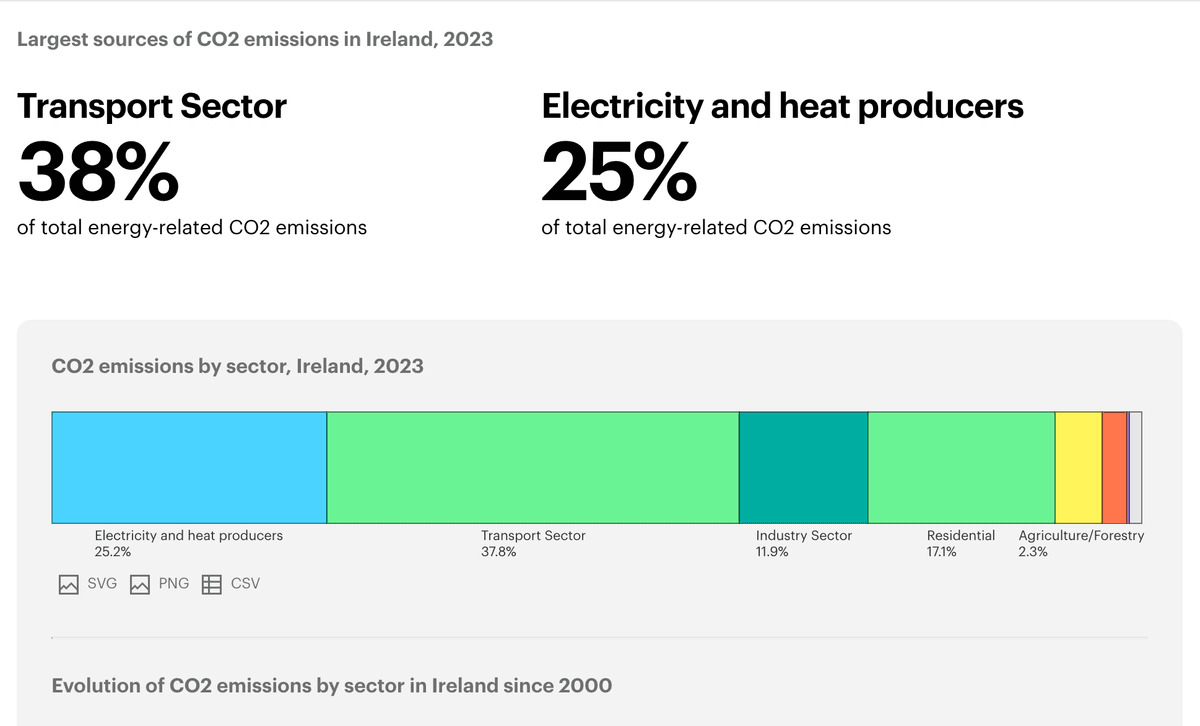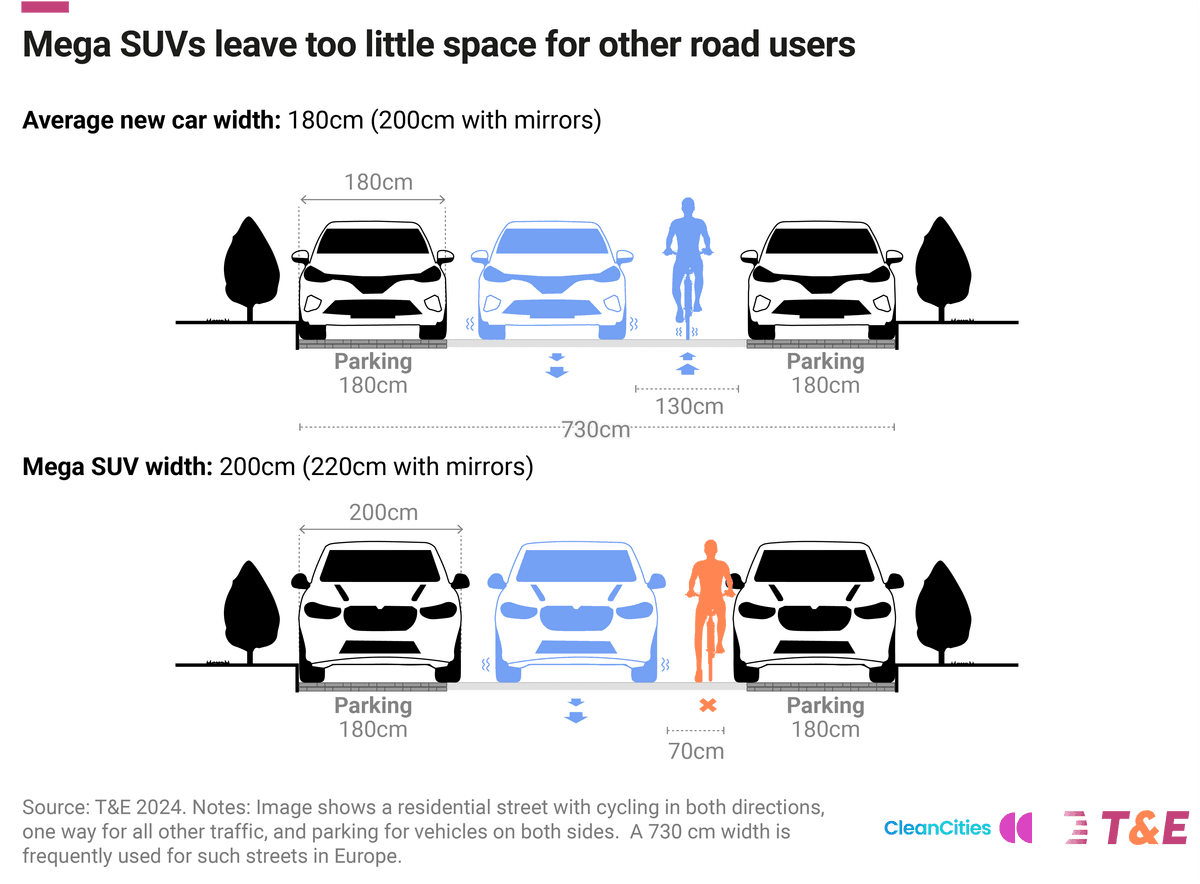Transport Policy: A Balanced Approach

Going back to go forward. Its the USA in 1956, president Dwight D Eisenhower signed the Federal-Aid Highway Act, which launched the Interstate Highway System, the largest public works project in U.S. history. While cars were already popular in the 1920s (thanks to Henry Fords Model T), Eisenhower institutionalized them as the backbone of U.S. transportation. Eisenhowers interstate highways made the car king, reshaped America around suburbs, and transformed culture, economy, and daily life. This cultural shift was echoed throughout the western world. Decades later, with a global cost-of-living and climate crisis, that car-centric model is being questioned as unsustainable, inequitable, and carbon-heavy.
Rebalancing the Transport System
Urbanist Brent Toderian has stated that Ireland doesn’t just need to convert 1 million petrol/diesel vehicles into 1 million electric cars. Instead, we need to transition towards approximately 250,000–500,000 EVs, and shift the rest of our mobility to active travel and efficient public transport — including buses, rail, and metro systems.

The Emissions Scandal
In 2015, it emerged that Volkswagen had installed software designed to cheat emissions tests — making cars appear cleaner in the lab than they were on the road. The deception took nearly a decade to fully uncover, and senior executives were prosecuted only years later.
During that time, lower-level engineers were scapegoated, while millions of vehicles continued to emit toxic nitrogen oxides far above legal limits. The Dirty Money documentary on Netflix revealed how corporate culture, regulatory weakness, and profit pressure enabled the cover-up.
Scientists and automakers have known for decades that there is no truly safe level of pollution from combustion engines. Every exhaust pipe releases microscopic particles that damage lungs and shorten lives — even at levels once deemed acceptable.
We teach children to love nature, yet continue to pollute the air they breathe. It’s a contradiction we can no longer ignore. We must push towards public transit–oriented cities and strong electric vehicle infrastructure for rural areas. Four of the ex Volkswagen managers were eventually convicted in May 2025. A similar lawsuit against Mercedes, Ford, Peugeot/Citroën, Renault and Nissan was brought in October 2025.
Source: BBC News
Source: New York Times
🎥 Watch “Dirty Money: Hard-Nosed Greed” on Netflix“The Irish transport system is car dependent by design, is high in greenhouse gas emissions and does not support improved well-being.” — OECD, 2022
Why Motorway Expansion Doesn’t Work
Environmental and Ethical Cost of Car Production
Every new car comes with a hidden trail of emissions and human suffering. Heres a breakdown of its full lifecycle.
The Lifecycle of a Car

Fossil Fuel Extraction
Oil and gas drilled from the ground, often in fragile ecosystems.
High CO₂
Cobalt Mining
Cobalt mined in Congo — often involving child labor.
Human Rights Concern
Metal Production
Steel and aluminum processed with high energy demand.
Industrial Emissions
Global Shipping
Parts transported via cargo ships emitting tons of CO₂.
High CO₂
Assembly
Cars assembled in centralized factories.
Energy Use & Waste
Showroom
Sold to consumers far removed from production reality.
Consumer DisconnectWatch: Consumerism and the Environmental Impact
Short Car Trips & Behaviour Change
A lot of Irelands car dependence comes from short trips that could often be walked, cycled, or done on e-scooters. Here is a recent Newstalk Breakfast discussion on whether we need to stop jumping in the car for five-minute trips:
🎧 Do we need to stop jumping in the car for five-minute trips?
Listen to this Newstalk Morning segment on reducing short car journeys.
Where Policy Should Focus

- Major investment in public transport, including MetroLink, BusConnects, Luas (including Gluas) and intercity rail (including NI)
- EV charging infrastructure and subsidies for electric vehicle adoption, particularly in rural communities. Free Park & Ride infrastructure for rail.
- Upgrading Local Link services in rural areas for better community connectivity
- Expansion of Dublin Bikes and new electric bike-share schemes across all major cities, located near metro and bus stops, for completion of the last mile.
Did You Know?
The €336,000 cycle parking shelter at Leinster House was the responsibility of the Office of Public Works (OPW), not the Minister for Transport or a particular political party. The Minister responsible for the OPW at the time was re-elected in the 2024 general election. It was later clarified that the expense was not high enough to have triggered the need for Ministerial approval.
Source: BBC News
While bike lane design has improved, early national guidance was outdated and often poorly implemented. The former Minister for Transport ordered a review of cycle design standards to match European best practice. This led to the publication of the Cycle Design Manual of Best International Practice in September 2023. However, it remains the responsibility of local authorities to actually implement these plans — not national government directly.
All or nothings
Our organisation understands that not all journeys can be made by bus or public transport and wish to remind our readers again that nobody is suggesting this. These all-or-nothing fallacies are common. Statements like “We can´t all take the bus”, “Public transport is not reliable” etc. are valid. We all know these issues exist and that there is some fear and mistrust towards the institutions tasked with resolving them. However, this mindset can drown out the possibility of real, productive discussion about imagining solutions for a cleaner, more connected city. We encourage our readers not to fall for these patterns of thinking. There are many, many people in Ireland for whom public transport is not a realistic prospect, and some for whom it will never be. We totally accept this, and in the long-term want better land use policies that put people closer to where they need to go, rather than scapegoating people for using the only options available to them. Different solutions for different places.




